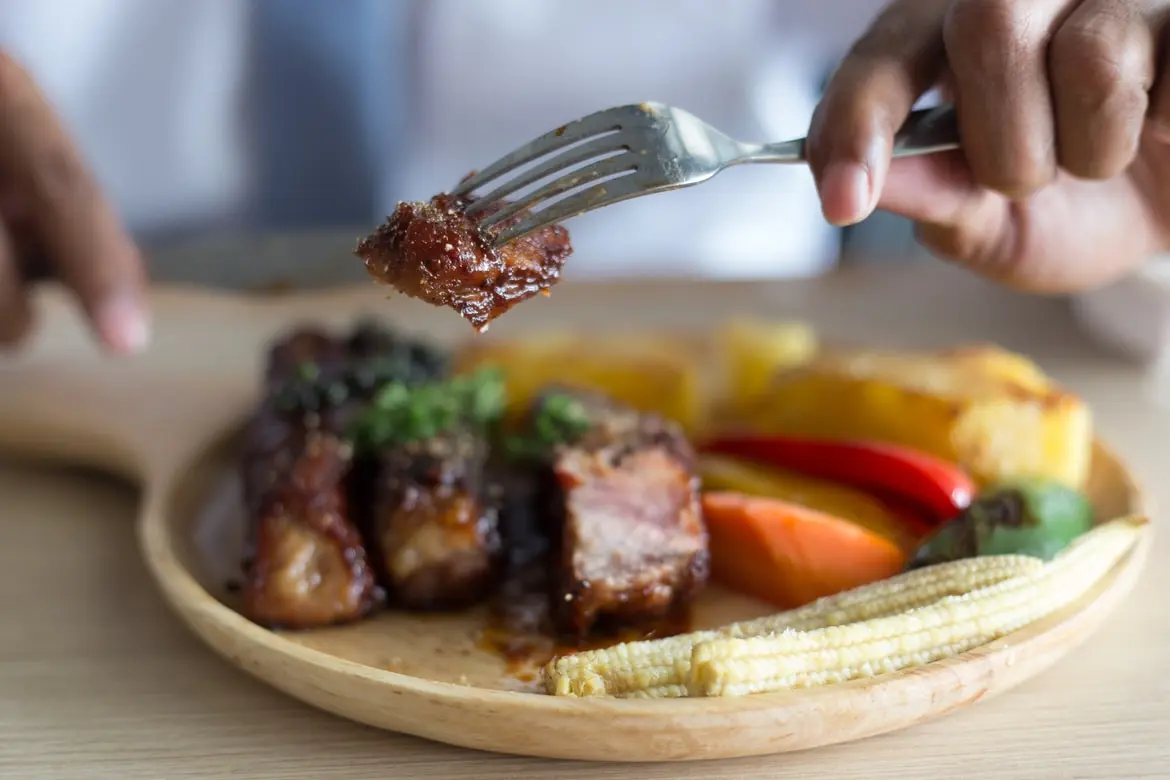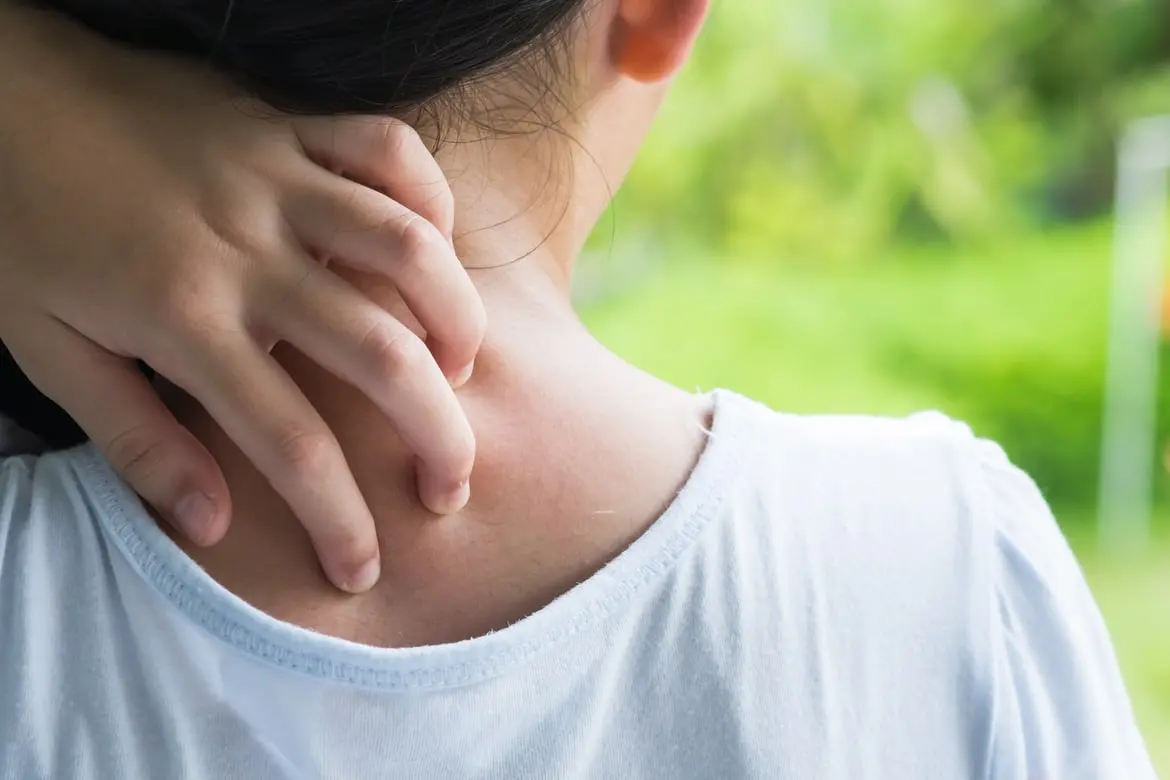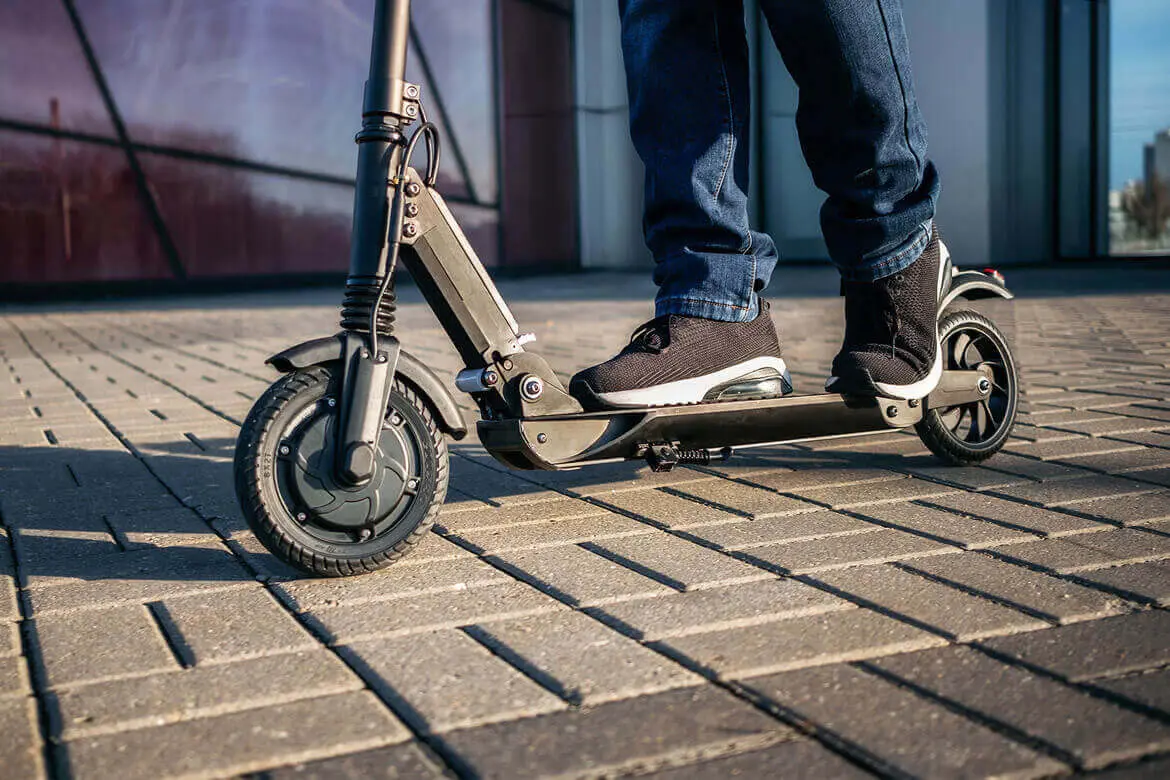Dr Dennis Chua, ear, nose and throat surgeon at Mount Elizabeth Hospital, explains what happens when food goes down the wrong pipe, and the most common scenarios where it happens.
If you swallow correctly, food is meant to go down your oesophagus into your stomach. When food goes down the 'wrong pipe', i.e. your trachea (commonly known as the windpipe), it causes choking.
Choking can be partial, where the airway is partly blocked. This may result in a chest infection, with symptoms such as coughing, wheezing or breathlessness.
When the airway is fully blocked, it is an emergency that requires immediate treatment to remove the object that is blocking the airflow. The human brain begins to die within 5 minutes of interrupted breathing. Irreversible brain damage occurs in about 10 minutes.
Most common choking foods
Common food items resulting in choking, especially in children, include
- Hot dog
- Hard candy
- Chewing gum
- Nuts and seeds
- Chunks of meat or cheese
- Whole grapes
- Popcorn
- Chunks of peanut butter
- Raw vegetables
- Raisins
Most common choking risks and scenarios
Advanced age
As you grow older, your gag reflex may decrease and this increases the chance of choking.
Drinking alcohol
Your swallowing mechanism and gag reflex can be impaired if you've had excessive alcohol.
Diseases resulting in swallowing problems
Parkinson's disease is an example of a condition that disrupts the swallowing mechanism. Patients are prone to choking and recurrent chest infections.
Big bites
Taking a big bite of a steak larger than what your mouth can chew can result in improper swallowing and breathing, and thus choking. Eating too many small items like nuts at once can also result in choking since these nuts are small and can end up in the airway.
Inattention while eating
Sometimes when you're talking, laughing and eating at the same time, your coordination of swallowing and breathing can lapse and result in choking. For kids, running while eating increases the chance of choking as the child may inhale the food while taking a deep breath.
What to do if you are choking?
You should immediately perform the universal sign of choking by grasping your neck with both hands if possible.
If you are alone, you should call the ambulance immediately. You can then attempt to self-perform the Heimlich manoeuvre to try to dislodge the food item as shown below.
- Place a fist slightly above your navel
- Grasp your fist with the other hand and bend over a hard surface – a countertop or chair will do
- Shove your fist inward and upward
What to do if someone else is choking?
A person experiencing severe choking will not be able to speak, cry, cough or breathe. Without help, they will eventually become unconscious. To help with severe choking:
- Stand behind the person who is choking, slightly to one side. Support their chest with one hand. Lean them forward so the object blocking their airway will come out of their mouth, rather than moving further down.
- Give up to 5 sharp blows between their shoulder blades with the heel of your hand.
- Check if the blockage has cleared. If not, give up to 5 abdominal thrusts.
- To carry out an abdominal thrust, stand behind the person who is choking.
- Place your arms around their waist and bend them forward.
- Clench one fist and place it right above their belly button.
- Put the other hand on top of your fist and pull sharply inwards and upwards.
- Repeat this movement up to 5 times.
- If the person's airway is still blocked, continue with the cycles of five back blows and 5 abdominal thrusts until help arrives.
- If the person is choking mildly, encourage the person to keep coughing to try to clear the blockage, and ask them to try to spit out the object if it is in their mouth.
What about food that gets stuck in the throat?
Sometimes food goes down the 'right pipe' but gets stuck. For food that is stuck in the throat and not the airways, you can try drinking some water to see if it can move down.
However, if it is a bone that is stuck in the throat, do NOT attempt to remove it by yourself. Trying to remove the bone by using your fingers or swallowing mashed food like banana can lead to injury around the throat.
If food is stuck in your throat and cannot be removed, head to the Urgent Care Centre (UCC) immediately. Food that is stuck in the throat increases the risk of aspiration, where the food enters the windpipe, and this can be dangerous. A doctor can help to remove the food item safely. If the object is stuck at a deeper site in the throat, specialised equipment will be needed to remove the object.














